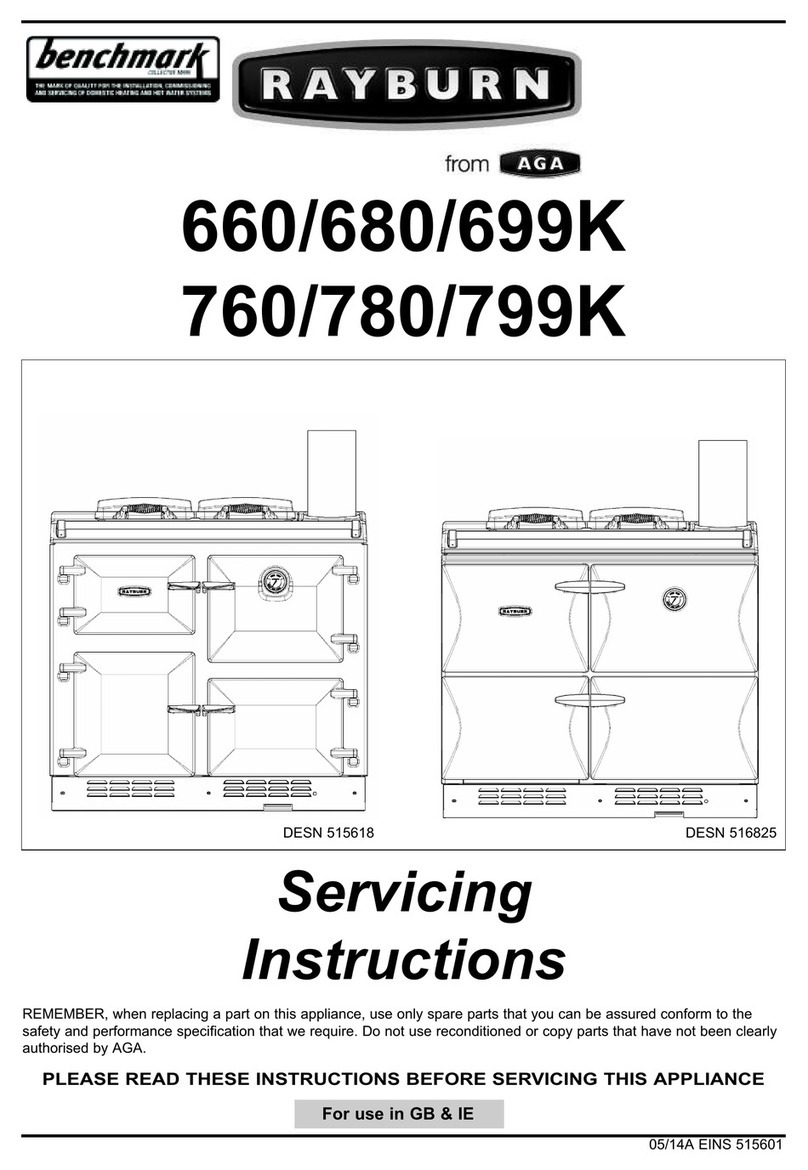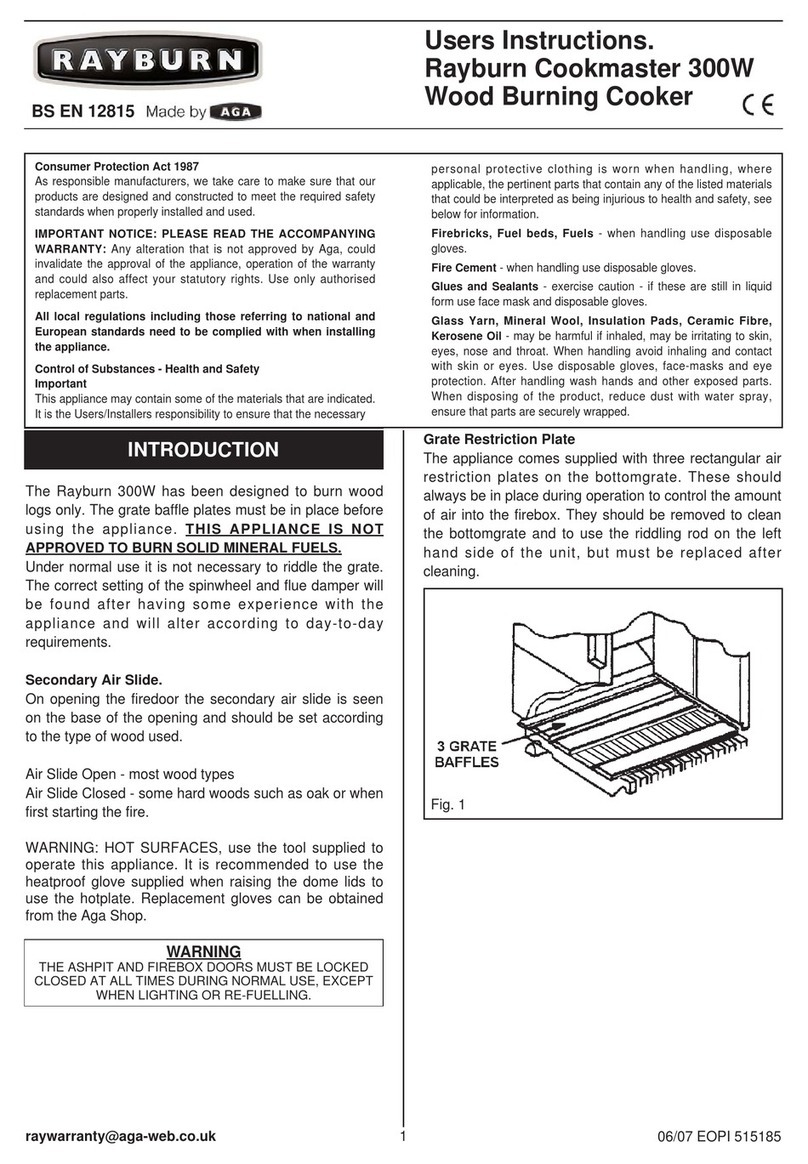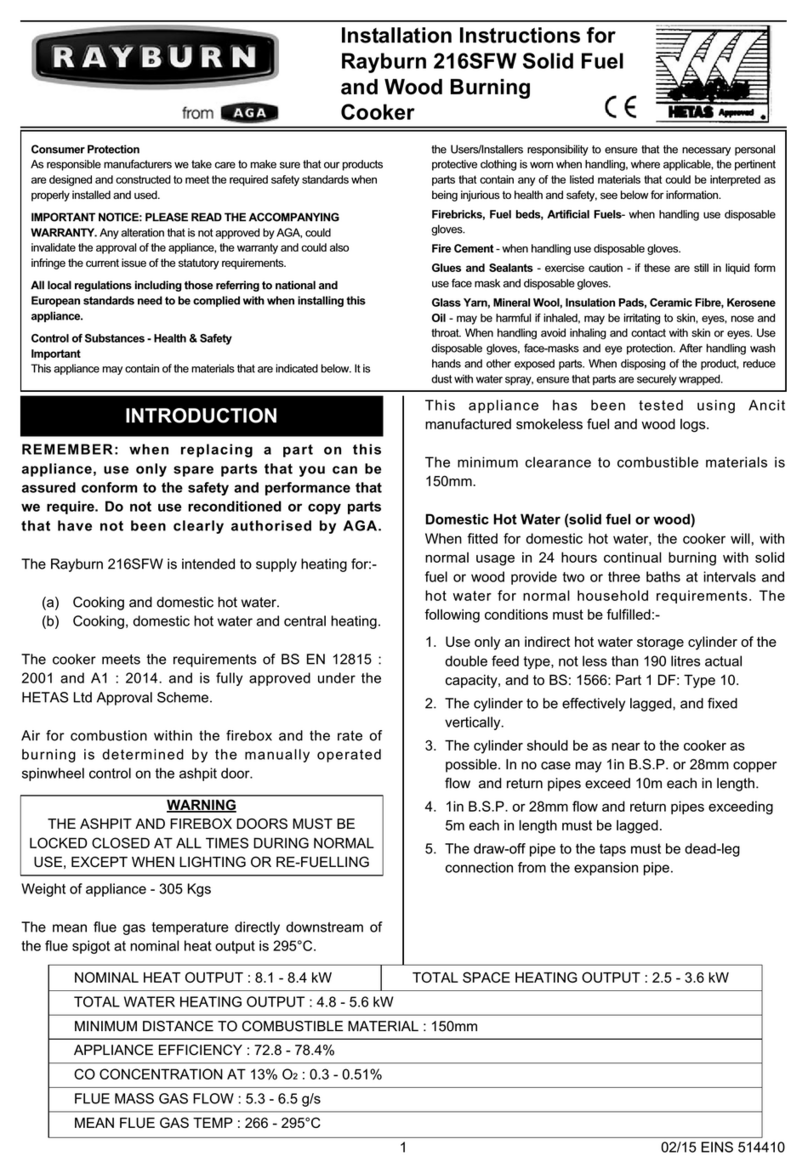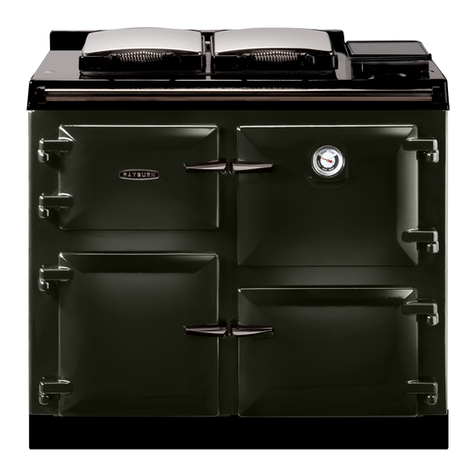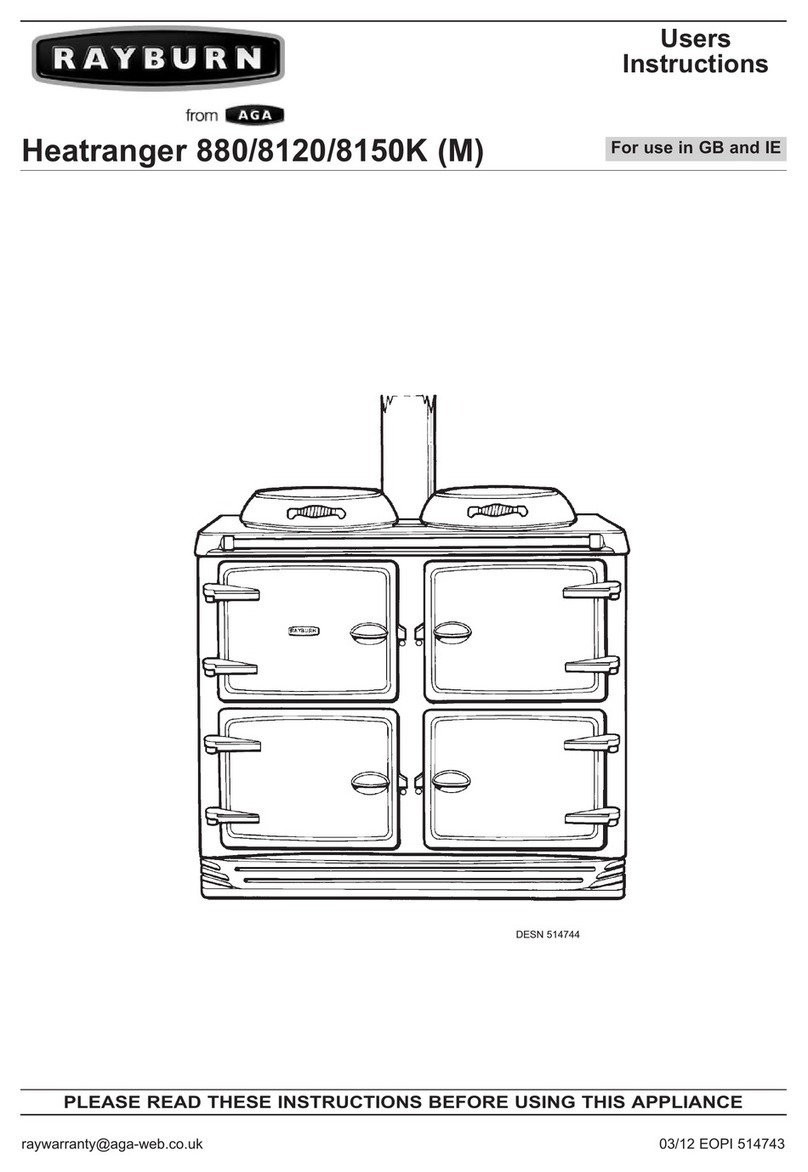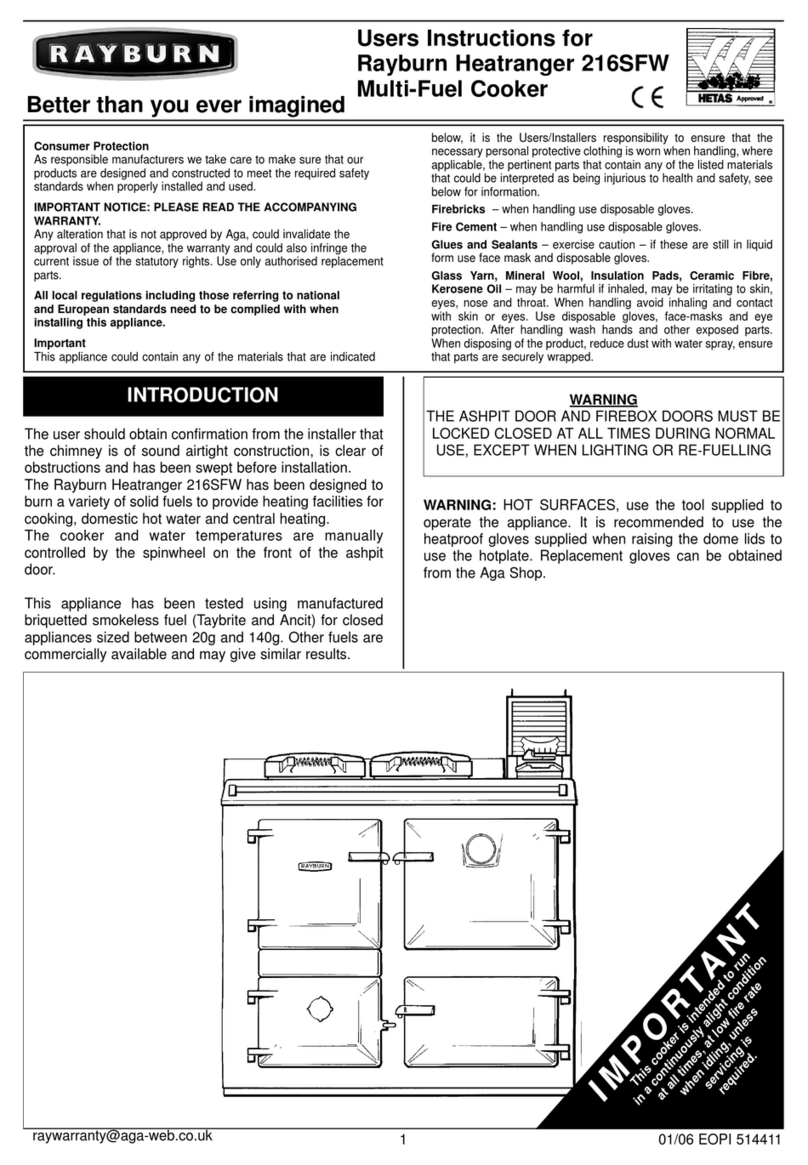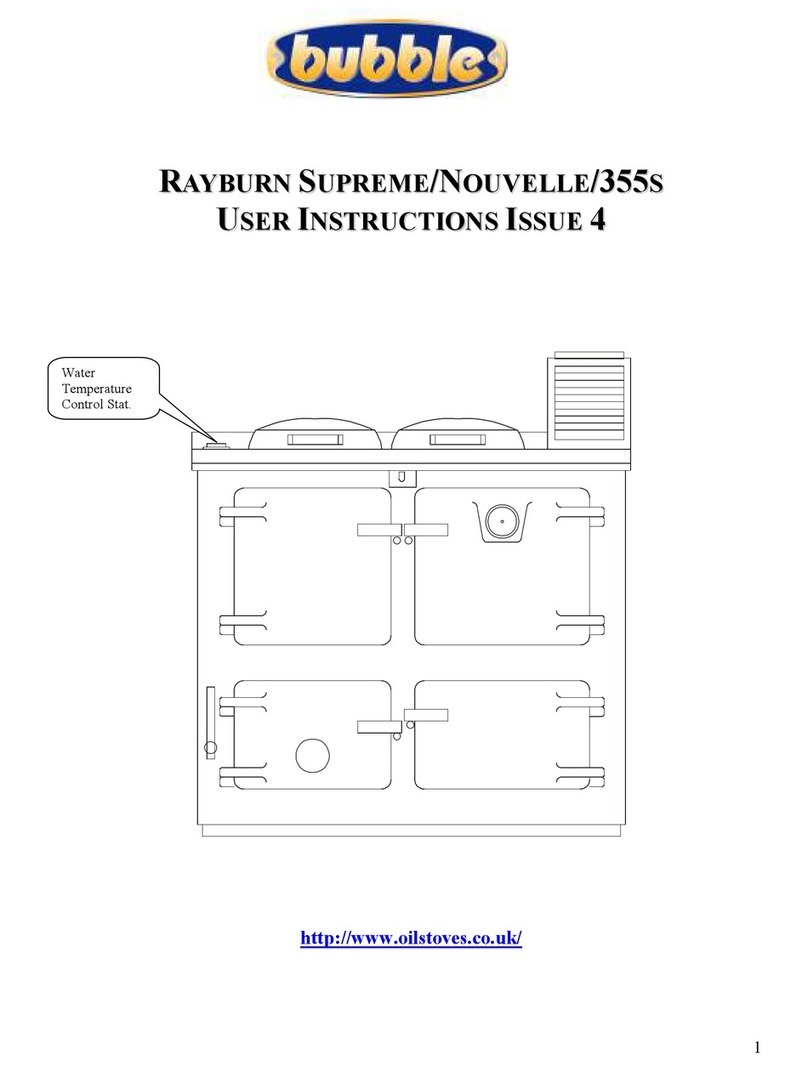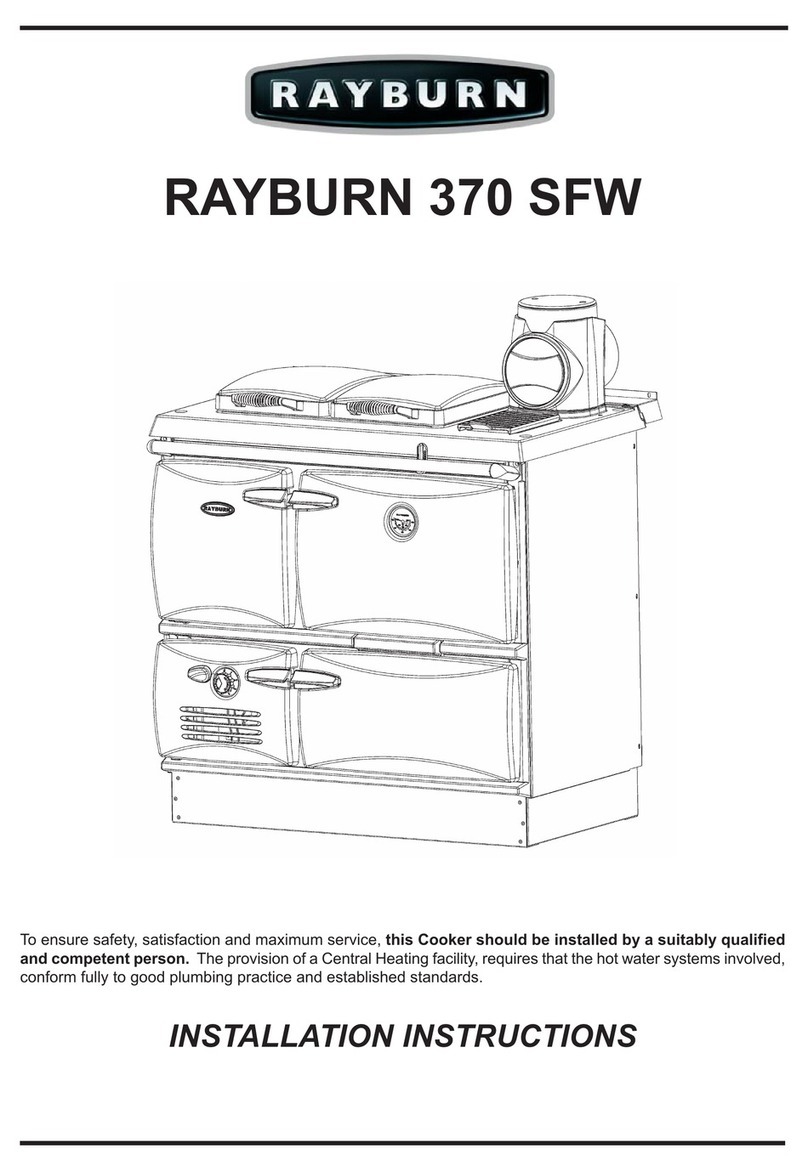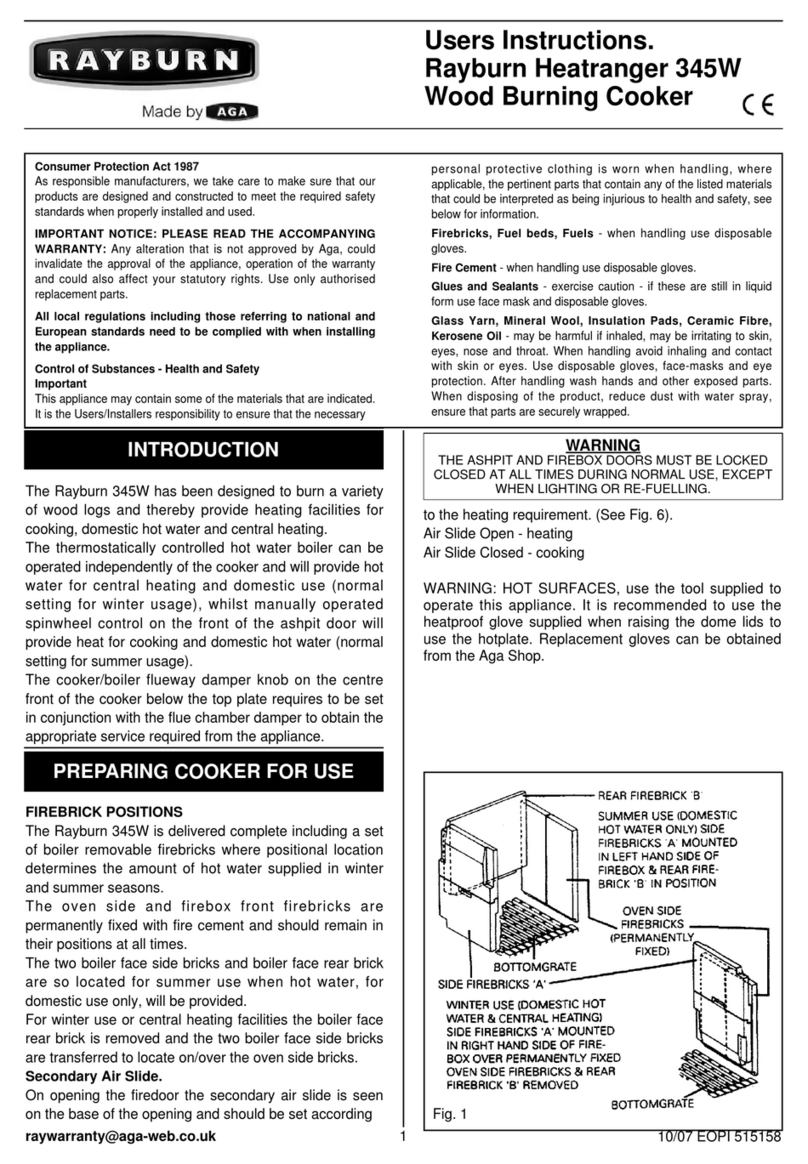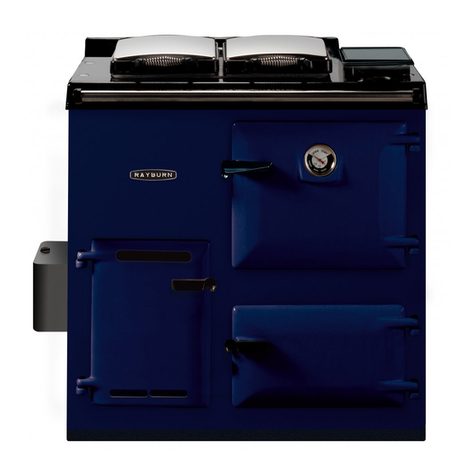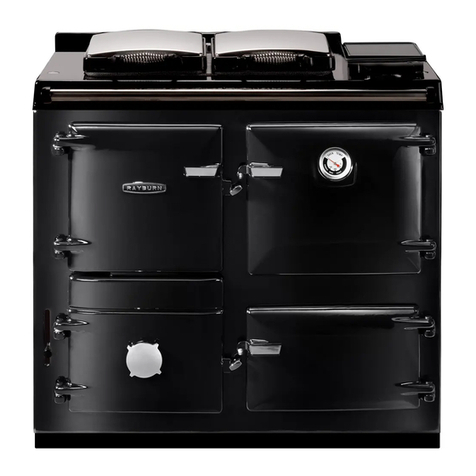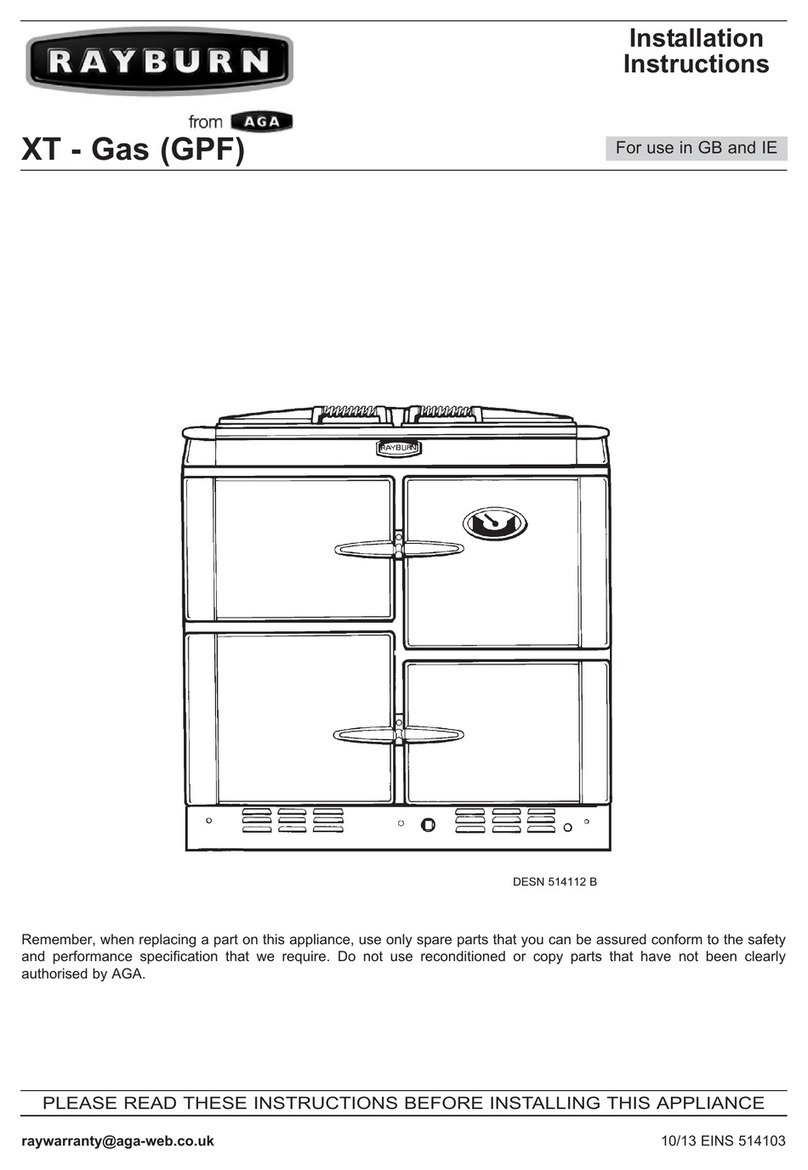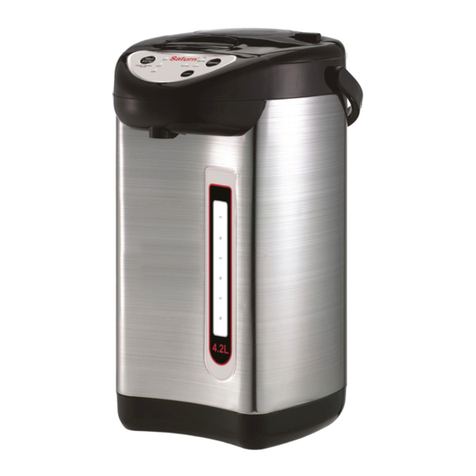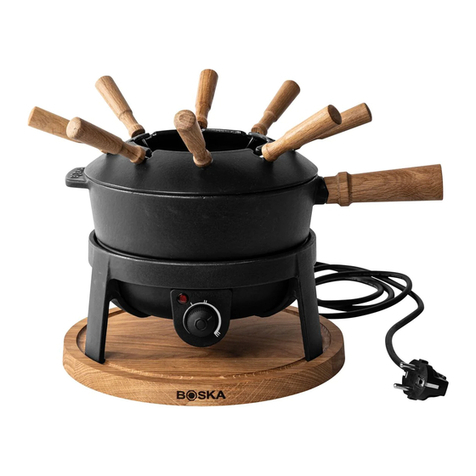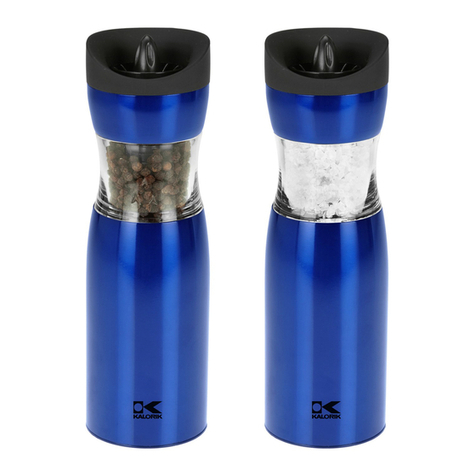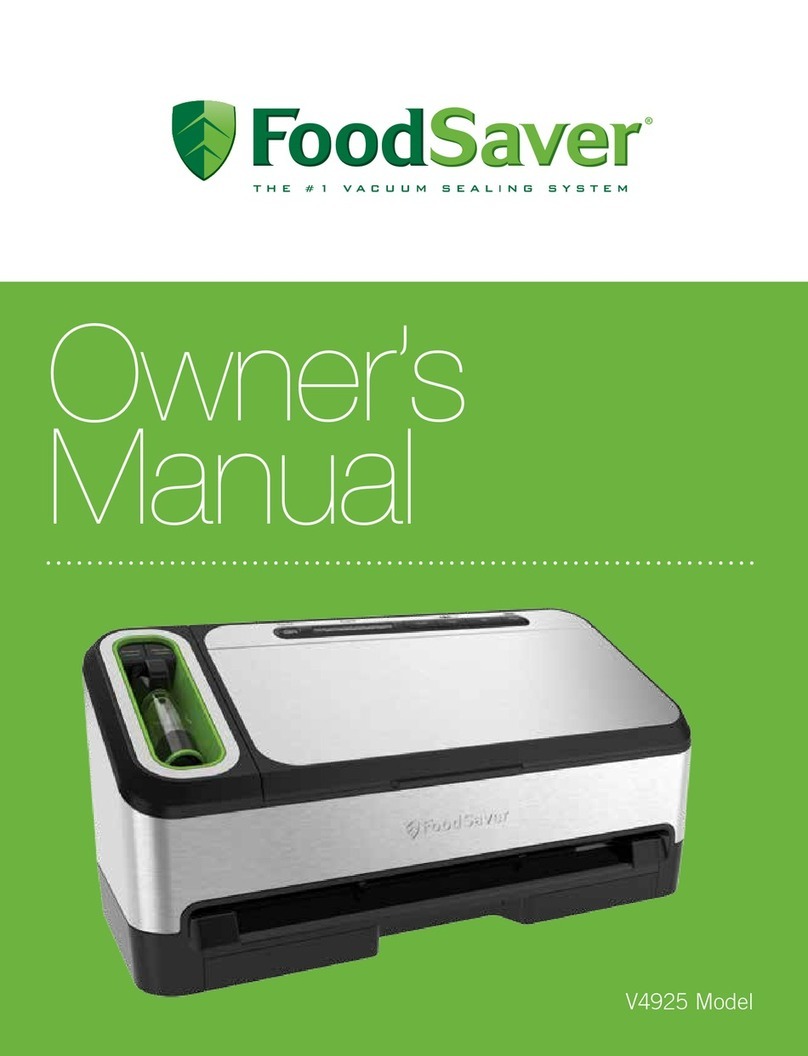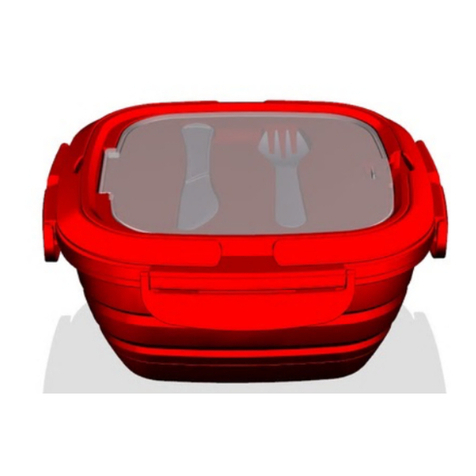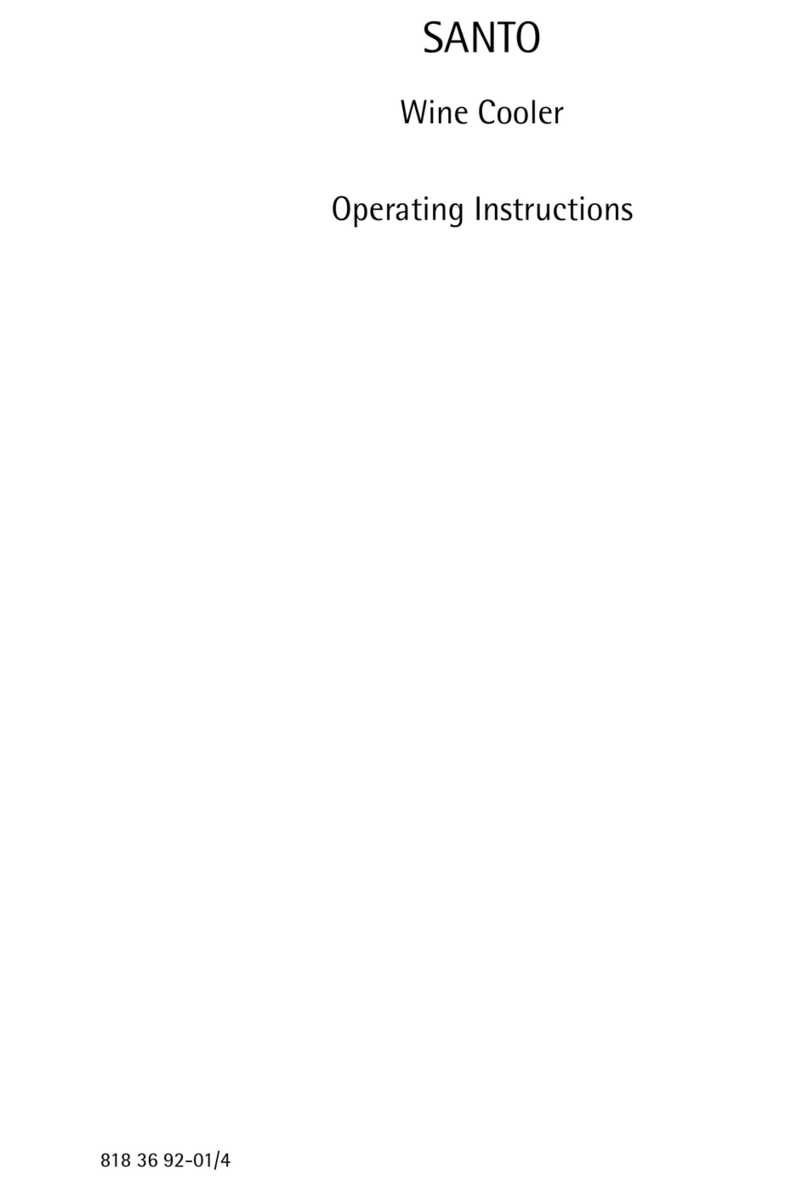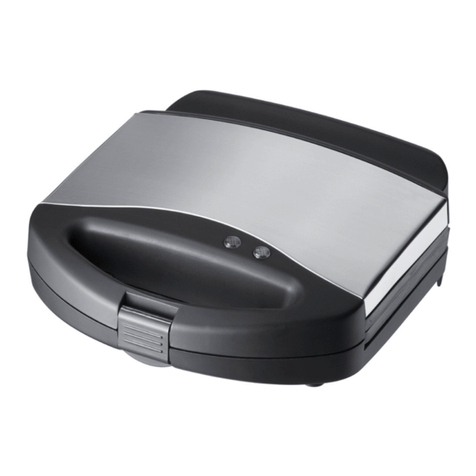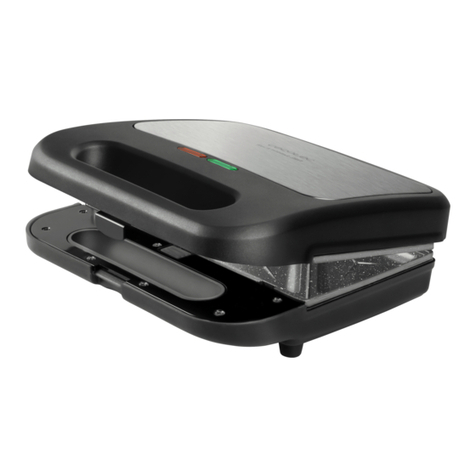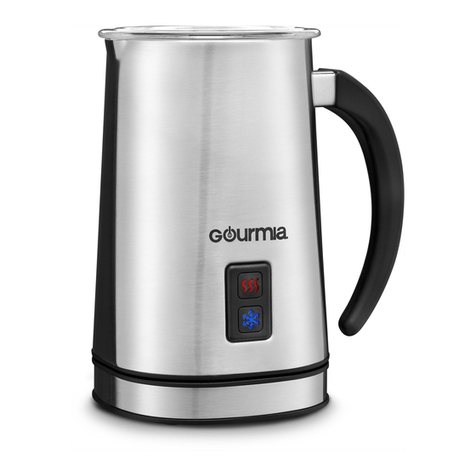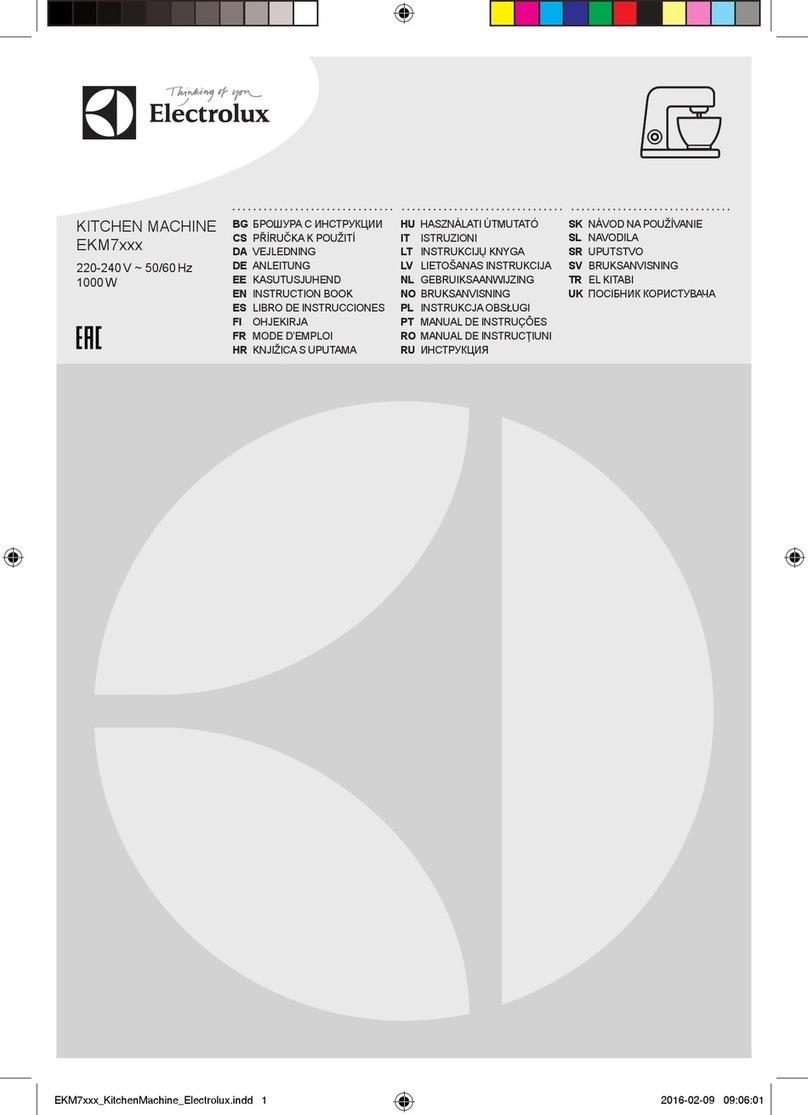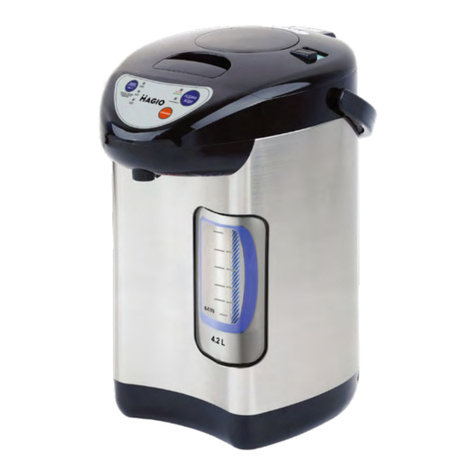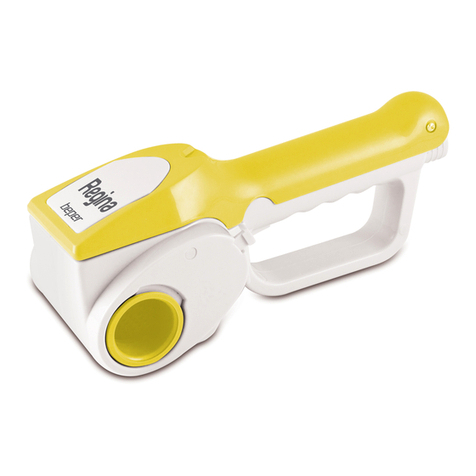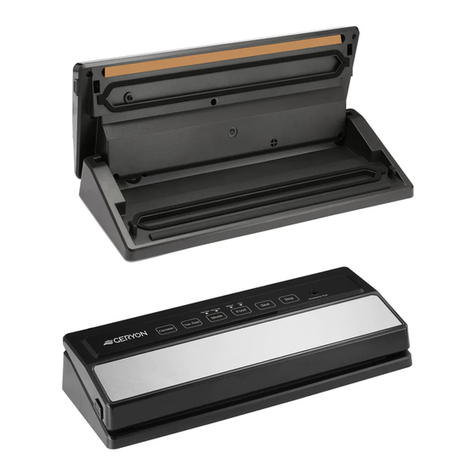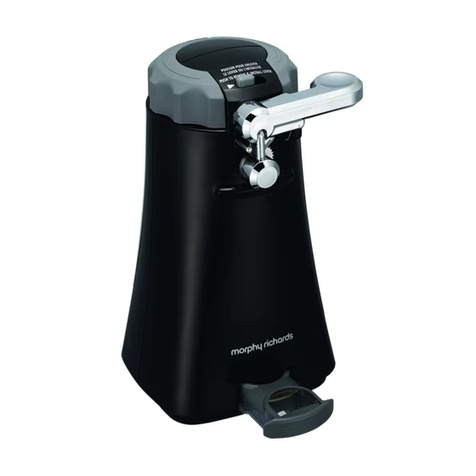The firebox should be filled to the recommended level of
the bottom firebox door opening and the firebox door
closed.
A correctly fully fire will last a minimum of 2 hours when
burning solid fuel and 1 hour burning wood when
maintaining the maximum rated output of the boiler with
intermittent cooking periods included.
NOTE: When burning all recommended fuels other
than Sunbrite Coke, the secondary air slide should
be set in a fully open position.
A deep bed of newly charged fuel on a low fire will
take time before heat reaches the ovens, hotplate
and boiler. When burning Coal, Phurnacite and
Anthracite, allow several minutes for the new charge
to ignite before changing the flue chamber damper
setting.
ONCE REFUELLING HAS BEEN COMPLETED,
CLOSE THE FIREBOX DOOR IMMEDIATELY AND
OPEN ONLY FOR REFUELLING CHARGES.
To de-ash, riddle the grate by agitating the riddling
handle in an up and down manner about 20 times to free
the grate of ash. See Fig. 8.
ALWAYS DE-ASH BEFORE REFUELLING (SEE
‘EXCEPTIONS’ BELOW) AT THE FOLLOWING
INTERVALS:-
SUMMER USE:
Three times daily at least.
WINTER USE:
Three time daily at least and more often if required.
NOTE: SHOULD THE BOTTOMGRATE DE-ASHING
FAIL TO CLEAR AN ACCUMULATION OF STONES,
SHALE OR CLINKER, IT MAY BE REMOVED AS
DESCRIBED IN SECTION ON REMOVAL OF
CLINKER.
Open the ashpit door to give access to the ashpan which
must be emptied regularly (See Fig. 9).
In winter, this may be as much as three times daily
depending on weather severity.
The class of fuel and cooker usage govern the frequency
of refuelling.
NOTE: DO NOT ALLOW ASH TO ACCUMULATE IN
THE ASHPAN UNTIL UNTIL IT TOUCHES THE
UNDERSIDE OF THE BOTTOMGRATE BARS OR
THEY WILL QUICKLY BURN OUT.
Ensure the ashpan is fully home otherwise the ashpit
door may not close and lock completely.
EXCEPTIONS:
WHEN BURNING ANTHRACITE OR PHURNACITE,
ALWAYS REFUEL BEFORE EMPTYING ASHPAN AND
RIDDLING.
Due to an accumulation of pieces of stone, clinker and
shale etc. it may not be possible to pass them through
the grate when riddling, and may even cause jamming.
Allow the fire to burn out and then open the ashpit door.
Lift off the clinker door (See Fig. 10) and insert hooked
poker to drawn out any offending accumulation. Replace
clinker door after use.
The amount of clinker formation is dependent on the
heating load or burning rate and should be checked
weekly for any build-up. Excessive build-up will lead to a
fall in heating output requiring bottomgrate clean-out and
reduction in life of the bottomgrate.
The best results can be obtained by using machined
base utensils. The hottest part of the hot plate is
immediately above the fire, the other end being for
simmering.
The circular plug in the hotplate (near the flue chamber
end) is for flue cleaning and must not be removed for
cooking.
Keep the hotplate clean with a wire brush.
NOTE: TO OBTAIN OPTIMUM HOTPLATE
PERFORMANCE FOR FAST BOILING OR HOT PLATE
COOKING, FUEL THE FIREBOX TO THE BOTTOM
EDGE OF THE FIREBOX APERTURE TO A
HORIZONTAL LEVEL.
WARNING: THE COOKER TOP PLATE SURFACE
AROUND THE HOTPLATE WILL BECOME HOT
UNDER USE AND CARE MUST BE OBSERVED.
The correct adjustment of the spinwheel and flue
chamber damper to obtain the oven temperature required
varies with the chimney draught, and can be found only
by experiment. The following is a suggested method
only, and may need modification to suit local conditions.
Suppose an oven temperature for roasting is desired,
and that the cooker is idling.
Thoroughly de-ash the fire as described in the respective
paragraph, and refuel. Set the flue chamber damper to
No.3 setting and open the spinwheel as described under
‘CONTROL SETTING’.
As soon as the fire has become red all through, close the
flue chamber damper. Do not allow the fire to become
white hot.
The temperature of the oven should now rise steadily.
When it reaches a point about 30ÞC (50ÞF) below that
required, close the spinwheel to approximately one turn
open. Thereafter control the temperature of the oven by
adjusting the spinwheel.
NOTE: THE METHOD SHOULD PROVE SUCCESSFUL
IN ALMOST ALL CASES, BUT IF CLOSING THE FLUE
DE-ASHING
REMOVAL OF CLINKER
FROM BOTTOMGRATE
USE OF THE HOT PLATE
6
USE OF THE TOP
ROASTING OVEN
REFUELLING

